- Jul 12, 2018
- 9,336
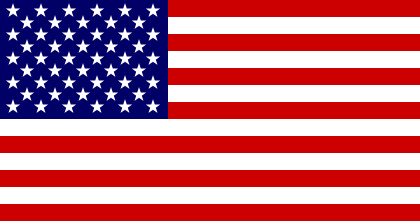
|
OPERATION NIGHTINGALE |
TOP SECRET |
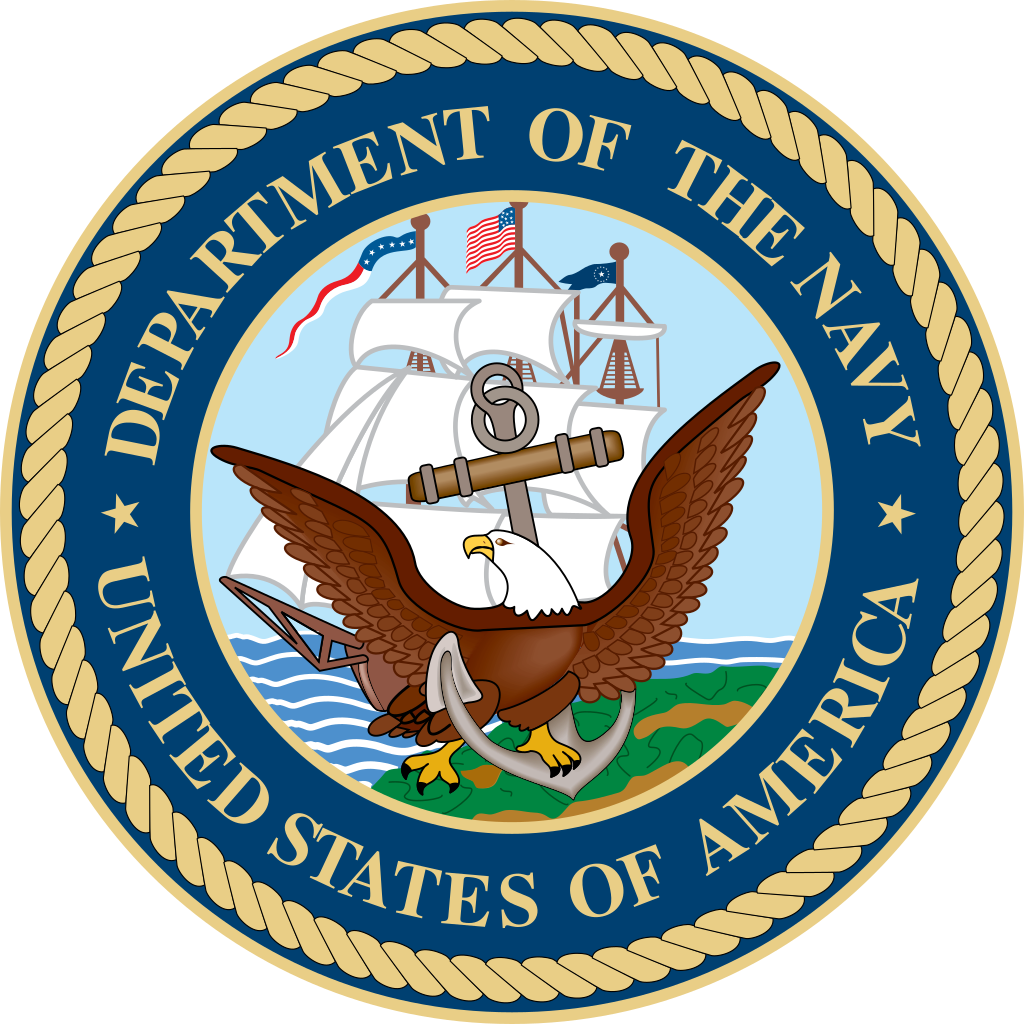
| 
NAVY DEPLOYMENT | 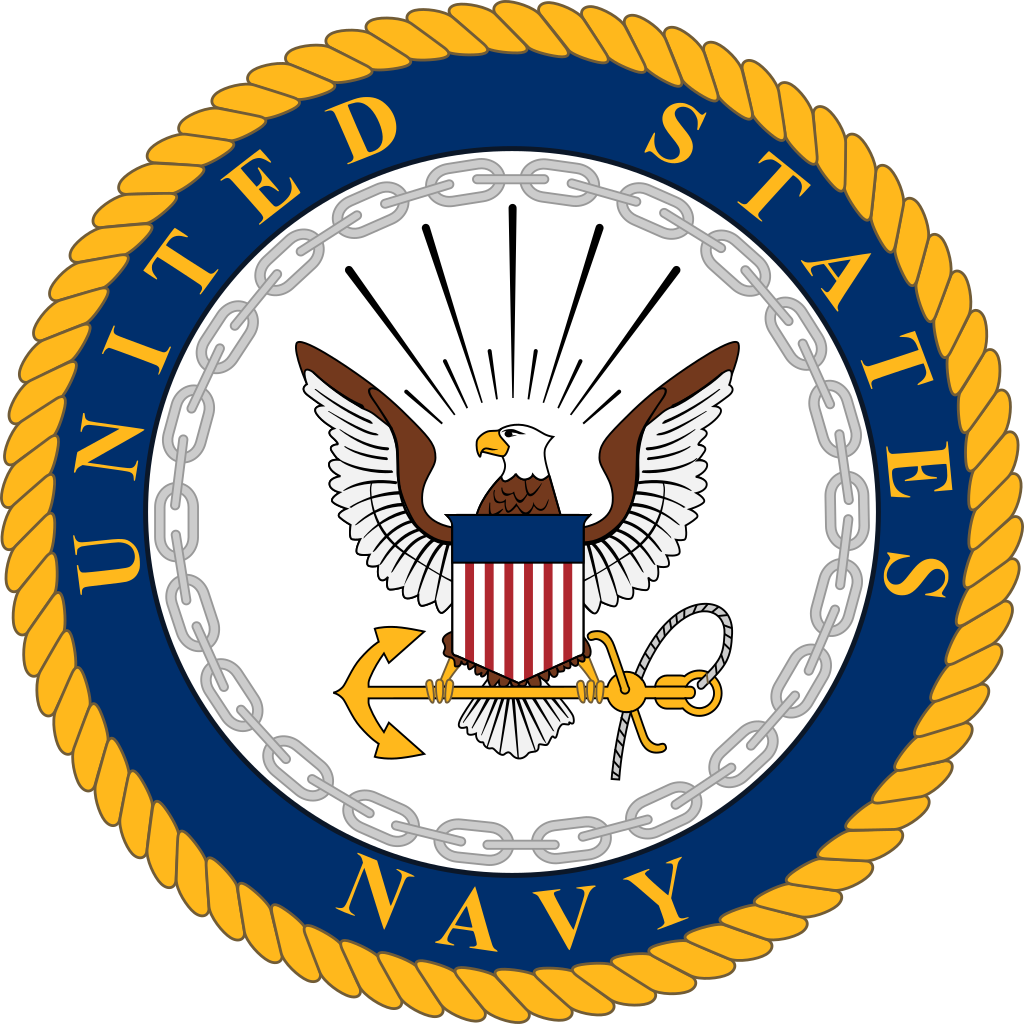
|
|
CARRIER STRIKE GROUP ONE
Rear Admiral Edmund J. Nelson
Rear Admiral Edmund J. Nelson
| SHIP CLASS | VESSEL | COMPLIMENT | HOME PORT |
| Tarawa-class Amphibious Assault Ship | USS Tarawa | 930 | Naval Support Activity Hampton Roads, Virginia |
| Ticonderoga-class Guided Missile Cruiser | USS Ticonderoga | 330 | Naval Support Activity Hampton Roads, Virginia |
| Ticonderoga-class Guided Missile Cruiser | USS Yorktown | 330 | Naval Support Activity Hampton Roads, Virginia |
| Arleigh Burke-class Guided Missile Destroyer | USS Arleigh Burke | 323 | Naval Support Activity Hampton Roads, Virginia |
| Arleigh Burke-class Guided Missile Destroyer | USS Barry | 323 | Naval Support Activity Hampton Roads, Virginia |
| Arleigh Burke-class Guided Missile Destroyer | USS John Paul Jones | 323 | Naval Support Activity Hampton Roads, Virginia |
| Spruance-class Destroyer | USS Spruance | 334 | Naval Support Activity Hampton Roads, Virginia |
| Spruance-class Destroyer | USS Paul F. Foster | 334 | Naval Support Activity Hampton Roads, Virginia |
| Supply-class Support Ship | USS Supply | 600 | Naval Support Activity Hampton Roads, Virginia |
DETAILS
Tarawa-class - Fully Fueled; Non-perishable food/water for 3 month journey; Standard armaments including x2 Vulcan Phalanx; x19 CH-53E Super Stallion; Standard countermeasures/decoys.
Ticonderoga-class - Fully Fueled; Non-perishable food/water for 3 month journey; x8 RGM-84 Harpoon missiles; x2 5 in 62 caliber Mark 45 Mod 4 lightweight gun; x2 25 mm (0.98 in) Mk 38 gun; x4 .50 in (12.7 mm) cal. machine gun; x2 Phalanx CIWS Block 1B; x2 Mk 32 12.75 in (324 mm) triple torpedo tubes (standard reserve of Mk 46 torpedos); x2 61 cell Mk 41 vertical launch systems containing: x42 BGM-109 Tomahawk, x35 RIM-66 Standard MR, x20 RIM-67 Standard ER, x15 RIM-161 SM-3, x10 RUM-139A VL-ASROC; Standard countermeasures/decoys.
Arleigh Burke-class - Fully Fueled; Non-perishable food/water for 3 month journey; x1 5-inch (127 mm)/62 Mk. 45 Mod 4 (lightweight gun); x2 20 mm Phalanx CIWS; x2 25 mm M242 Bushmaster chain gun; x2 Mk 141 Harpoon Anti-Ship Missile Launche; 90-cell Mk 41 VLS: x15 RUM-139A VL-ASROC, x10 RIM-161 SM-3, x30 RIM-66 Standard MR, x10 RIM-67 Standard ER, x25 BGM-109 Tomahawk; x2 Mark 32 triple torpedo tubes: a mixed-storage of Mark 46, 50, and 54 torpedoes; Standard countermeasures/decoys.
Spruance-class - Fully Fueled; Non-perishable food/water for 3 month journey; x2 5 in 54 caliber Mark 45 dual purpose guns; x2 20 mm Phalanx CIWS Mark 15 guns; x1 8 cell NATO Sea Sparrow Mark 29 missile launcher; x2 quadruple Harpoon missile canisters; x2 Mark 32 triple 12.75 in torpedo tubes (standard reserve of Mk 46 torpedoes); x1 21 cell RIM-116 Rolling Airframe Missile; x1 61 cell Mk 41 VLS: x31 BGM-109 Tomahawk, x24 RIM-66 Standard MR, x6 RUM-139A VL-ASROC; Standard countermeasures/decoys.
Supply-class - Fully Fueled; Fully-stocked with non-perishable food/water for 6 month journey of the entire fleet; complete storage of usable fuel for aforementioned vessels; complete storage of aviation fuel for aforementioned aircraft.
|

| 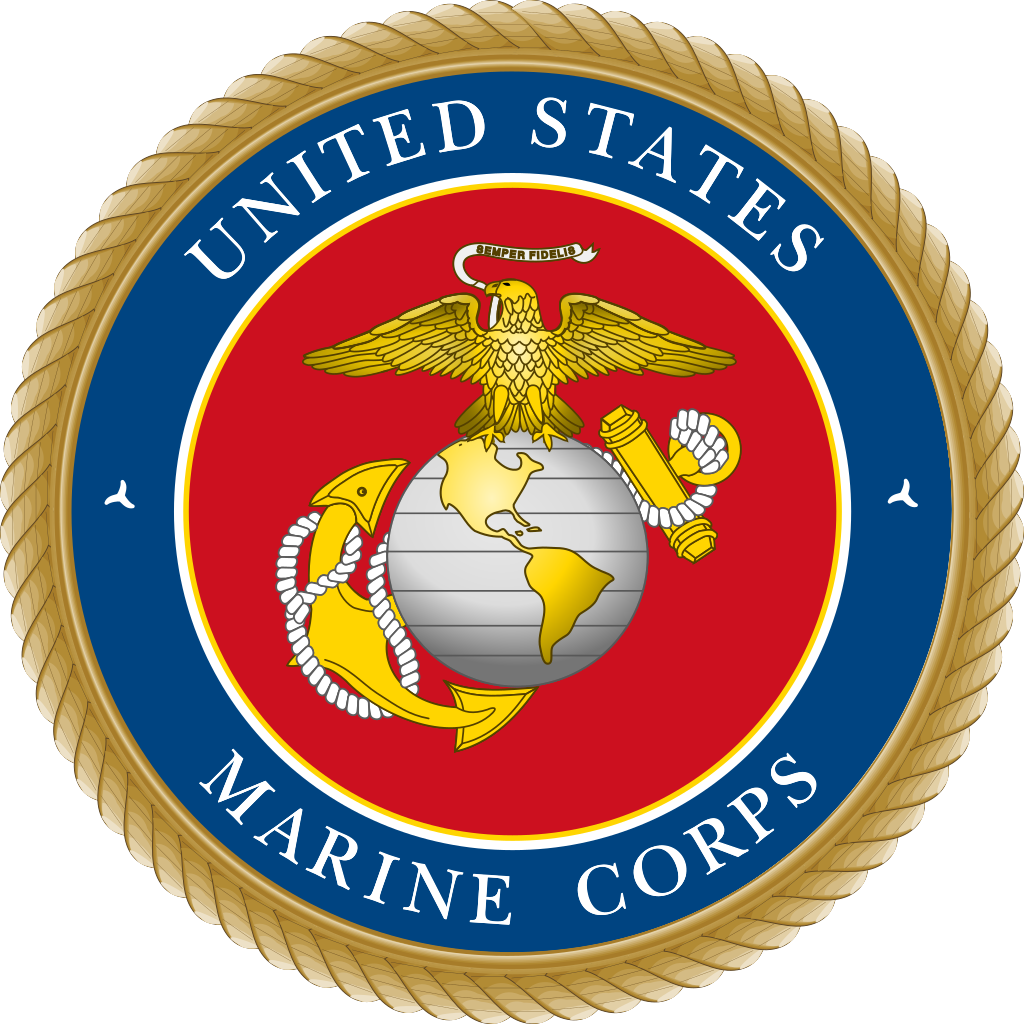
MARINE CORPS DEPLOYMENT | 
|
|
6th Marine Battalion
Lieutenant Colonel Thomas Walsh
Lieutenant Colonel Thomas Walsh
| UNIT | HOMEBASE | GROUND FORCES |
| 6th Battalion | Camp Lejeune, North Carolina | 1000 |
DETAILS
Maines - x1 Combat uniform; x1 Interceptor Multi-Threat Body Armor System; x1 Modular Integrated Communications Helmet; M40 field protective mask; x1 M16A4 + x1 holographic site + x4 additional magazines; Beretta M9 + 4 additional clips; x2 M84 stun grenades; x2 M67 Hand Grenade; x1 AN-M18 Smoke grenade; x1 charged MCRP 3-403B (for officers and NCOs).
|

| 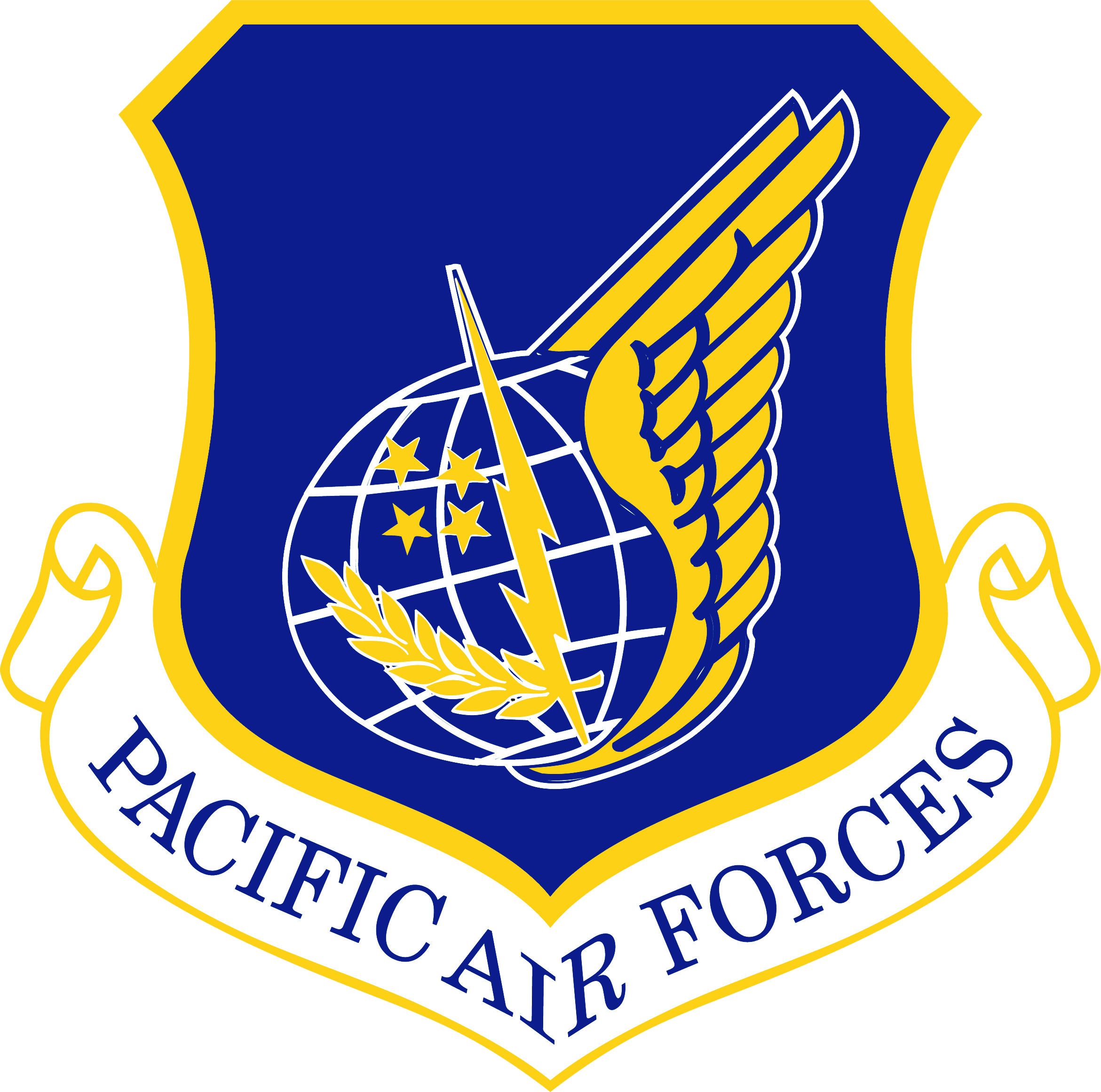
AIR FORCE DEPLOYMENT | 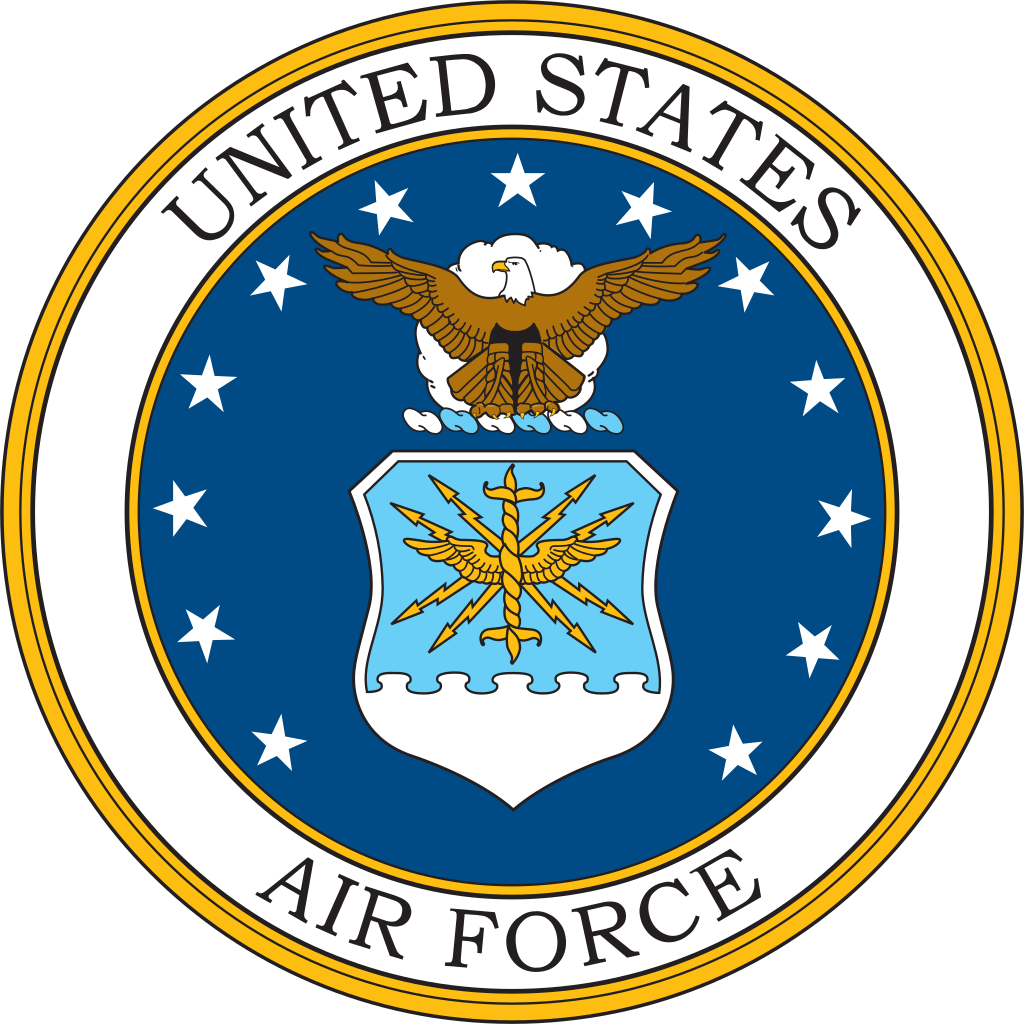
|
|
| UNIT | HOMEBASE | AIRCRAFT | PILOTS | GROUND CREWS | GROUND FORCES |
| 20th Fighter Squadron | Eareckson AFB, Alaska | x12 F-15E | 24 | 36 | 0 |
| 21st Fighter Squadron | Eielson AFB, Alaska | x24 F-16C Block 50 | 24 | 72 | 0 |
| 22nd Fighter Squadron | Elmendorf AFB, Alaska | x24 F-15C | 24 | 72 | 0 |
| 1st Spec. Ops. Security Forces Squadron | Hurlburt Field, Florida | NA | 0 | 0 | 500 |
| 87th Security Forces Squadron | Eareckson AFB, Alaska | NA | 0 | 0 | 550 |
| 84th Security Forces Squadron | Eielson AFB, Alaska | NA | 0 | 0 | 550 |
| 98th Security Forces Squadron | Elmendorf AFB, Alaska | NA | 0 | 0 | 550 |
DETAILS
F-15C - Fully Fueled, x1 pilots, x1 1x20mm M61A1 Vulcan 6-barrel rotary cannon + 940 rounds, x2 conformal fuel tanks, 4× AIM-7 Sparrow, x2 AIM-9 Sidewinder, x2 AIM-120 AMRAAM, standard heat decoys.
F-15E - Fully Fueled, x2 pilots, x1 1x20mm M61A1 Vulcan 6-barrel rotary cannon + 500 rounds, x8 AIM-120 AMRAAM, standard heat decoys.
F-16C Block 50 - Fully Fueled, x1 M-61A1 20mm multibarrel cannon + 500 rounds, x2 AIM-9 Sidewinder, x4 AIM-120 AMRAAM, standard SUU-42A/A Flares/Infrared decoys dispenser pod and chaff pod.
Ground Crewman - Fed and well-rested, combat uniformed.
Pilot - Fed and well-rested, flight uniformed, x1 SIG Sauer P226 + x4 clips, x1 flare gun.
Security Forces Airman - Fed and well-rested, combat uniform; Air Force-issued ballistic vests; x1 M16 + 4 magazines; x1 SIG Sauer P226 + 2 clips; x1 charged MCRP 3-403B (for officers and NCOs).
TRANSIT
Both: BP+AP
|

| 
DEPLOYMENT ORDERS | 
|
|
CONTEXT
After considering recommendations from the Joint Chiefs of Staff, President Gore ordered OPERATION NIGHTINGALE to be put into effect. The operation uses units from three of the four branches of the United States Armed Forces and includes the use of American military personnel on two different continents. The operation consists of two major task forces, the first being the mobilization of several Air Force Squadrons in Alaska, and the second being the operational deployment of the Navy's Carrier Strike Group One which will be carrying a battalion of Marines and an Air Force Security Forces squadron. Due to the present instability in the Russian Federation, and the ongoing possibility of a coup d'etat, the Air Force would begin combat air patrols over Alaskan airspace for defensive purposes. While the situation in Russia could dramatically escalate beyond what the rest of the world could control, communist strikes in other countries were equally worrying. President Gore decided that because the United States could face significant resistance from the Russian Federation if America were to try to intervene in its internal politics, it would make more logistical sense to forward deploy to the Black Sea in the event that the Ukrainian government was in danger of a communist coup as well. At the very least, the presence of an American carrier strike group could be psychologically intimidating, and at most a deployment of the Marines could be made into Ukraine if necessary.
PACIFIC THEATER
The 20th and 21st Fighter Squadrons were put on standby while the 22nd Fighter Squadron was issued a scramble order. 24 F-15Cs scrambled from Elmendorf AFB and would begin combat air patrols over Alaskan airspace (at 25,000 feet). Specifically, they would remain over American territory and would not change course into the sea unless legitimate threats were detected. The squadron would split off into different flights in order to cover southern Alaska (the southern region not including the Aleutian Islands and not south of Yakutat Borough), the massive western region of the State, and the central region of the state. The squadron would land to refuel at active Air Force bases in Alaska when necessary (pilots would be exchanged when refueling would take place, the previous pilots would be permitted to eat and rest). They would continue this refueling process so that there was never more than one of the three flights on the ground at one time. Ground Crews would remain on standby. Meanwhile, the 87th, 85th, and 98th Security Forces for Eareckson AFB, Eielson AFB, and Elmendorf AFB respectively were put on alert around the base and began regular armed patrols around them. Entrance to the bases was heavily restricted to only verified Air Force personnel.
EUROPEAN THEATER
The 1st Special Operations Security Forces Squadron was deployed from Hurlburt Field in Florida to Naval Support Activity Hampton Roads via 10 Air Force C-130J-30s deployed from Dyess AFB in Texas. The C-130s would deploy fully fueled and piloted (by Air Force pilots) from Dyess AFB to Hurlburt Field. They would fly at their standard cruising altitude when transporting people (and speed) and would refuel at Air Force installations with the appropriate runway when necessary. From Hurlburt Field, once the 1st Special Operations Security Forces Squadron was safely loaded onto the C-130s, they would fly to and land at N.S.A. Hampton Roads in Virginia. The 1st Squadron, with their equipment, would board the USS Tarawa. The same C-130J-30s, after refueling, would transport the 6th Marine Battalion from Camp Lejeune (Marine Corps Air Station New River) to N.S.A. Hampton Roads in Virginia. The Marines would also board the USS Tarawa with their supplies. This would bring the total number of passengers on the Tarawa to 1500.
From N.S.A. Hampton Roads, Carrier Strike Group One (now including the USS Tarawa) would deploy in a combat formation (with a safe distance between every ship) into the Atlantic Ocean under the command of Rear Admiral Edmund J. Nelson. The fleet would travel at the maximum speed possible that would allow the ships to remain in formation and prevent any from falling behind. The vessels would use the passive and active radars and sonars to actively look for threats out in the open sea as they began to head towards their destination. The USS Supply would refuel/resupply them when necessary. The fleet would travel in the quickest route possible from N.S.A. Hampton Roads to the Strait of Gibraltar. From there, they would travel in the quickest possible route to the Aegean Sea and then into the Black Sea where they were to be stationed approximately between Odesa and the western most tip of Crimea. Note that throughout this entire process, the strike group would not enter the territorial waters of any other country without their permission - this includes the nation of Ukraine, in which they would remain just outside of the nation's territorial waters. The strike group would only travel through navigable straights and waters in order to avoid grounding or damaging any of the ships, and would of course change formation when going through tighter water ways.
TRANSIT
FM>GM>HM>IM>JM>KM>KN
|
Last edited:


